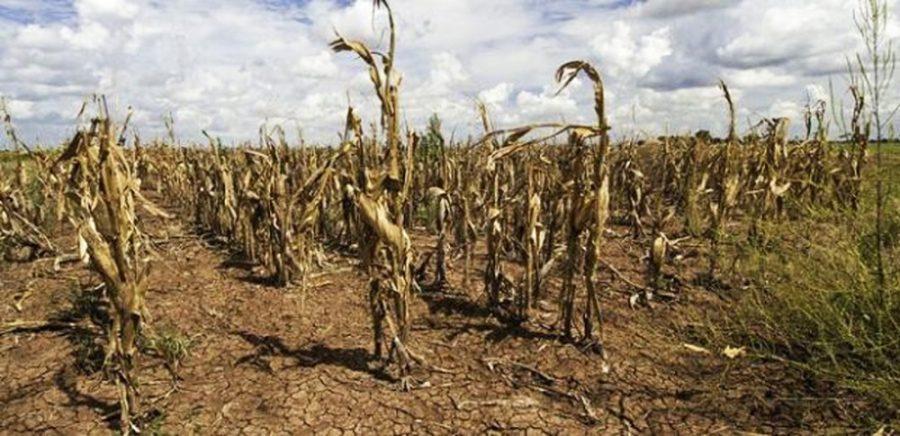Researchers from Cornell University, the US Geological Survey and the UA recently conducted a study gauging the possibility of prolonged droughts occurring in the Southwest.
The researchers looked at the risk of both a decade-long drought and a megadrought, which they defined as a drought lasting 35 years or more.
Julia Cole, a co-author of the study and a professor of geosciences at UA, put the risks in perspective.
“The most notable result has to do with the future risk of these prolonged megadroughts,” Cole said. “Depending on where you are in the Southwest, and depending on the amount of carbon dioxide, the risk of a 35-year drought can be between 20 percent and 50 percent.”
Cole said the risk for Arizona in particular is around 30 percent, or a 1-in-3 chance for most of the state.
Cole, along with Toby Ault of Cornell University, assessed the risk by looking at paleoclimate data, instrumental rainfall data and climate models to interpret realistic climate behavior.
Cole described climate models as “big computer programs that mimic the physics and circulation of the atmosphere.” They are used to model how greenhouse gases will affect the climate.
As for how this would affect the environment in Arizona, professors did not hold any punches.
Victor Baker, a regents professor of hydrology and water resources, focused on the effect such a drought would have on Arizona’s water resources.
“[A megadrought] would be severe stress on water resources because of the dependence on surface water for the state,” cautioned Baker.
The strain on water resources is not the only environmental problem a megadrought would create. Cole warned of a potential “Dust Bowl-ification of the Southwest.”
“Forests are dying,” Cole said. “We are seeing that now, so if you are talking about having a drought lasting thirty or more years, it would only intensify. It would be dustier. Air quality becomes an issue. Drier conditions can also be more fire prone.”
Professors agreed that the threat of a prolonged drought should make Tucson residents rethink how they use their water.
“People will really understand what climate is because they will be fighting over the amount of water they have to drink,” Baker said.
Karl Flessa, a professor of geosciences at UA, said one solution could be for Tucson to get more water from the Colorado River because of the limited nature of groundwater.
“More rainwater harvesting — that would help,” Flessa said. “Fewer green lawns, … developing water recycling more — that would [also] help. Every little bit helps.”
Cole suggested using greywater for irrigation in an attempt to reduce the amount of water Tucson uses.
“We may find ourselves taking advantage of things like greywater and water harvesting,” Cole said. “We also might see water being reallocated among the broader uses – agricultural, industrial — to meet residential needs.”
Education and conservation were suggested by the professors as ways for students to start mitigating the impact a megadrought could have.
Baker said that merely thinking about conservation would help in and of itself.
“One thing is to have a plan for what might happen,” Baker said. “What choices can be made? What actions can be taken?”
Cole stressed the interconnectedness of everything we do.
“Water resources don’t change in a vacuum,” Cole said. “They’re not independent of everything else. Minimizing climate change minimizes the risk of drought.”
Cole added that energy use and water use are connected and minimizing one would help save the other.
Despite the conclusions of the study, Cole warned that other factors, such as global warming, were not taken into account.
“We looked at the statistics of precipitation,” Dole said, “but in a hot climate, plants and water are dried up by hot air, so that makes droughts worse.”
—Follow Max Rodriguez @njmaxrod









